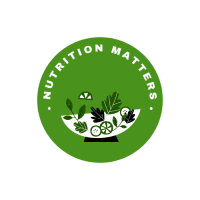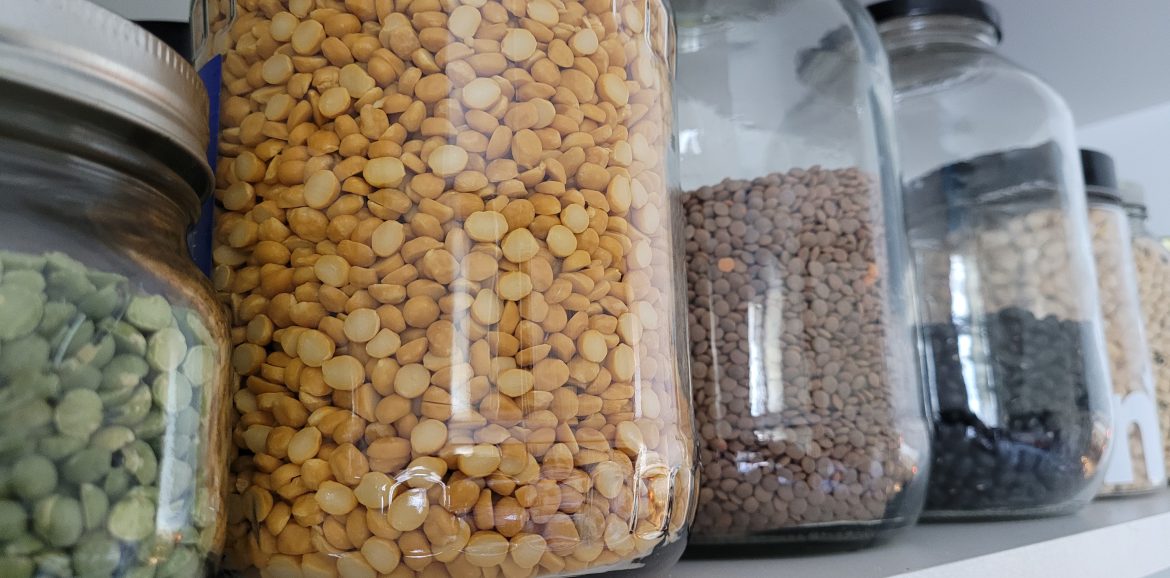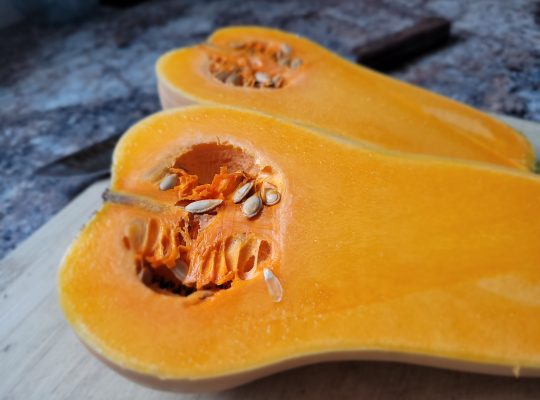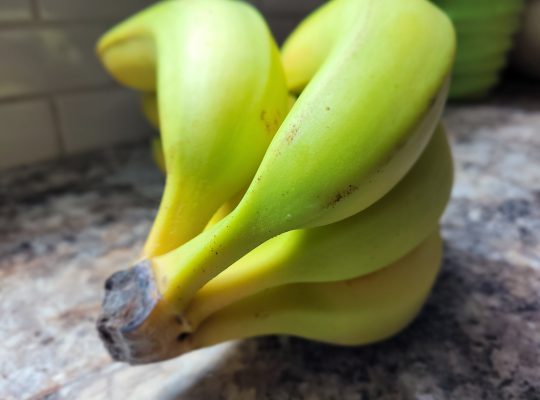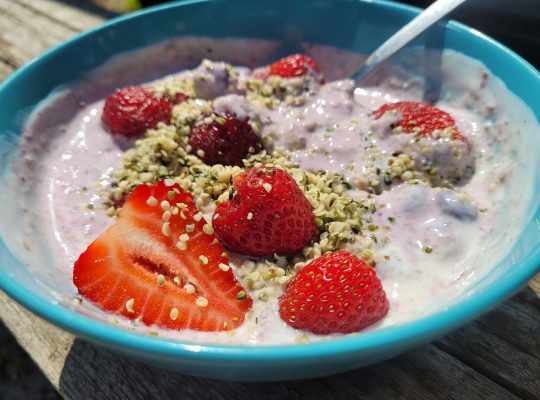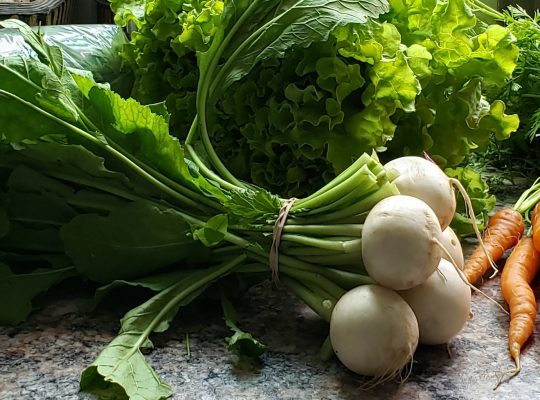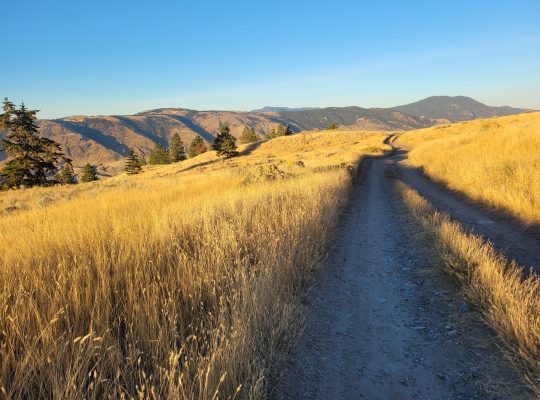I know what you may be thinking. Beans come with a gas factor of…, and as for lentils, some people go with ‘meh’ because what can you do with lentils? Spoiler alert: lots!
Will you them a second chance?
Why legumes should be a staple
I make beans and lentils every week for our family. Stews, soups, dips, chili, and salads. A mean pasta sauce too. Yes, versatility is their middle name (if lentils had names that is).
But there’s more to them:
- They are cheap and keep a long time.
- Great source of soluble fibre and resistant starch (both are essential for a well-functioning gut). That translates into decreased inflammation, lower risk of obesity, type 2 diabetes and cancer, and improved gut health. Also, they help lower blood sugar.
- They are rich in protein (half a cup of lentils provides 8 grams!) and other nutrients such as vitamin A and C, iron, zinc, copper, and zinc. Lentils are also high in B vitamins, potassium, and magnesium.
- They are also a great source of polyphenols, which…Breaking News: your gut bacteria love and thrive on!
Wait, what about the anti-nutrients?
Yes, there is such a thing. Lectins and phytates, for example. Many people who avoid beans and lentils do so because of these compounds. They are a type of protein produced by plants (not just legumes) to defend themselves from pathogens.
That’s a good thing. But not good for us if we consume improperly cooked or raw legumes, as they decrease the absorption of important nutrients.
But by soaking and then cooking legumes, you can get rid of lectins. Or you can sprout them for the same result.
Beans: You soak, and then soak some more
It’s really easy and cheap to cook your own beans, though if you’re in a pinch you can use canned ones. Choose low-salt varieties packed in BPA-free cans. Bisphenol A (BPA) is an endocrine disruptor which I first wrote about back in 2015.
If you use canned beans, make sure to rinse them well before you use them.
To prepare your own beans:
- Soak them for at least 16 hours and up to 48 hours, changing the water a few times.
- I use 2 cups of water for each cup of beans (you can go with big batches and freeze some). Use a large enough pot, as they swell in water. Rinse repeatedly.
- Cook them in a regular pot, or an enameled cast iron pot, or an Instant Pot (the latter will reduce cooking time tremendously and reduce the risk of bloating as it cooks the beans under high pressure).
- You can add spices and herbs such as rosemary or sage in the pot, a bit of salt, garlic, and bay leaves. You’ll be amazed at how flavourful they turn out.
You do not need to soak lentils but do it if you are concerned about lectins. Eight hours or less will do.
If you are not used to eating lots of fibre, take it slowly. Your gut may need a couple of weeks to adapt to the higher fibre content but hang in there and you’ll have a thriving population of beneficial gut bugs.
Using spices such as cumin and fennel can help reduce bloating.
So many of them and many ways to cook them
I make soups, stews and chilis with all kinds of beans. The possibilities are endless (I will have some recipes coming up in the next couple of weeks). You can also make dips from any beans.
I usually add one red onion (diced), cumin, lemon juice, a tablespoon of tahini and a bit of extra virgin olive oil to two cups of cooked beans. Cayenne is optional.
Chickpeas are a bit of a star because they are incredibly versatile: you can make hummus or roast them in the oven with spices (cumin, smoked paprika, cayenne, and garlic powder). For sandwiches: mash some with a fork, mix in an avocado, layer on a slice of sourdough with tomato and cucumber slices, and lettuce.
Lentils come in many colours: yellow, red, green, brown, and black (these are called beluga lentils). Use in stews, soups or salads.
Have I convinced you?
Start with at least one legume dish a week if they are not yet part of your diet (if we consider leftovers, you will have a few meals from one cooking sessions, so there’s a bonus!). Increase the amount and diversity until you have at least half a cup a day but work your way up to a cup to reap amazing health benefits.
Oh, and there’s also this part: they are easy to grow in the garden.
